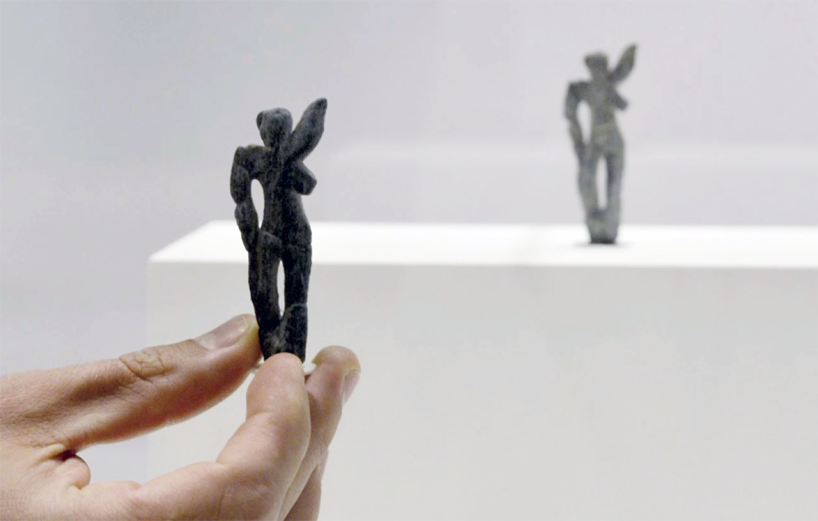I love stories that illustrate how much of an impact 3D printing can have on our future and the latest from Fuel3D is a great example of this. Fuel3D, developer of the SCANIFY handheld 3D scanner, had, after an incredibly successful Kickstarter campaign that generated over $325,000, taken the scanner into mass production earlier this year. Since then, the company has been demonstrating the uses of its device through their own client stories. Most recently, Fuel3D announced that they were able to use the SCANIFY handheld 3D scanner to recreate a 30,000 year old statue for the Royal Museum of Fine Arts of Belgium and the results were awesome.

Jennifer Beauloye, curator of the exhibition, said of the project, “We are delighted with this part of our exhibition, which truly shows the potential of technologies like 3D printing and scanning. It has been a pleasure to work with Fuel3D and Trideus on this project. With this, we hope to initiate a reflection and to open a debate on the evolution of the museum in the digital era.” Stuart Mead, CEO of Fuel3D, added, “This was a wonderful project to be part of. We developed SCANIFY to help bring the potential of 3D to a wider audience and this application is a perfect example of how it is doing that.”
The fact that The Royal Museum of Fine Arts would trust the SCANIFY handheld 3D scanner for this exhibit says a lot about the quality of the device. In a market where quality scanners cost well over $10,000, the $1,500 SCANIFY represents an option that is cost-effective. but high quality. This year the SCANIFY handheld 3D scanner, capable of taking scans in a fraction of a second, was a winner of the 2015 CES Best of Innovation Award. The high res models are accurate up to .35mm and the device can produce quality scans of faces, sculptures, fabrics, flowers, and even pets (I personally could have used the SCANIFY this weekend, as I spent a good deal of my weekend frustratingly trying to get a decent scan of one of my dogs using a cheaper, lower quality 3D scanner). While 3D technologies may represent the wave of the future, you can see by this story that they are also a way to keep us connected to the past. This is an example of one of the many ways in which we can use 3D technologies to enhance art, history and culture.




